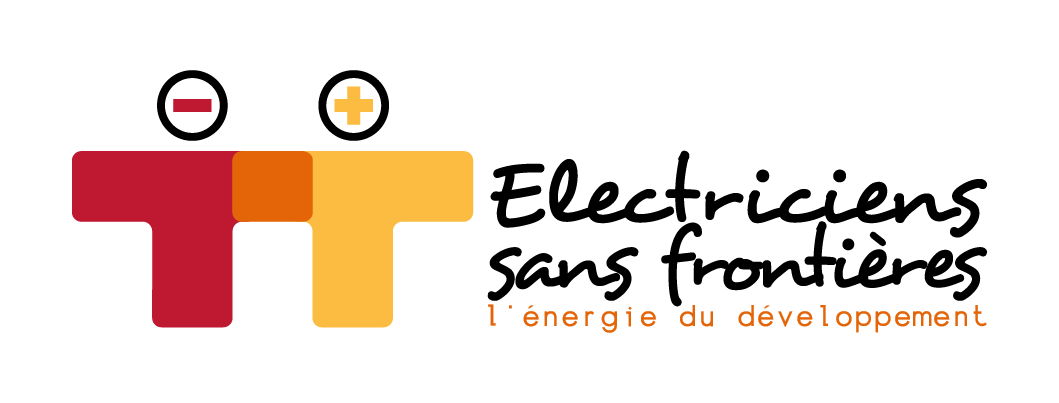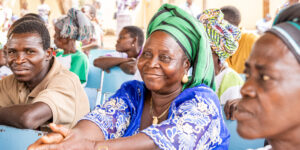Authors : François Grünewald –Groupe URD and Didier Issen –Electriciens sans frontières
Following several missions to Ukraine carried out by each of the two organizations since the start of the war in Ukraine in February 2022, Electriciens sans frontières and the Groupe URD have launched a joint learning and capitalization project on energy issues and winter preparedness to improve the international response in Ukraine.
The aim of this work is to gain a better understanding of the efforts being made to make Ukraine more resilient than last year in the energy sector, to cope with the winter of 2023-2024, and to propose avenues for improvement.
In 2022 and 2023, Ukrainians and international players made considerable efforts to deal with the dramatic situation caused by Russian bombardments on energy infrastructures and to reduce the dramatic impact of energy cuts on the population.
All the players targeted the needs of individuals and essential structures such as hospitals and social institutions, and actions in non-traditional aid sectors were of very variable quality. To go beyond the supply of classic winterization program products and strategically address the energy issue, it would undoubtedly have been necessary to devise a mechanism outside the Cluster system as defined by the United Nations, as numerous initiatives linked to Ukrainian NGOs, local authorities, the diaspora, etc. have done. In fact, while the massive deliveries of generators, for example, were decisive in this “winter battle”, they also revealed many “areas for improvement” in terms of technical aspects (choice of models), organization (maintenance, repair), economics (where to find the money to run the generator?) and, more generally, coordination within the “energy” sector.
The purpose of this assessment is to analyze all these elements and thus support operational planning for the 2023-24 winter season.
The recommendations resulting from this work are organized around several axes:
- Protecting equipment and people;
- Storing energy, fuels and equipment, particularly as part of contingency plans;
- Equipment maintenance;
- Ensuring repair capacity ;
- Reducing risk and vulnerability ;
- Develop mechanisms and capabilities to replace what cannot be repaired.



